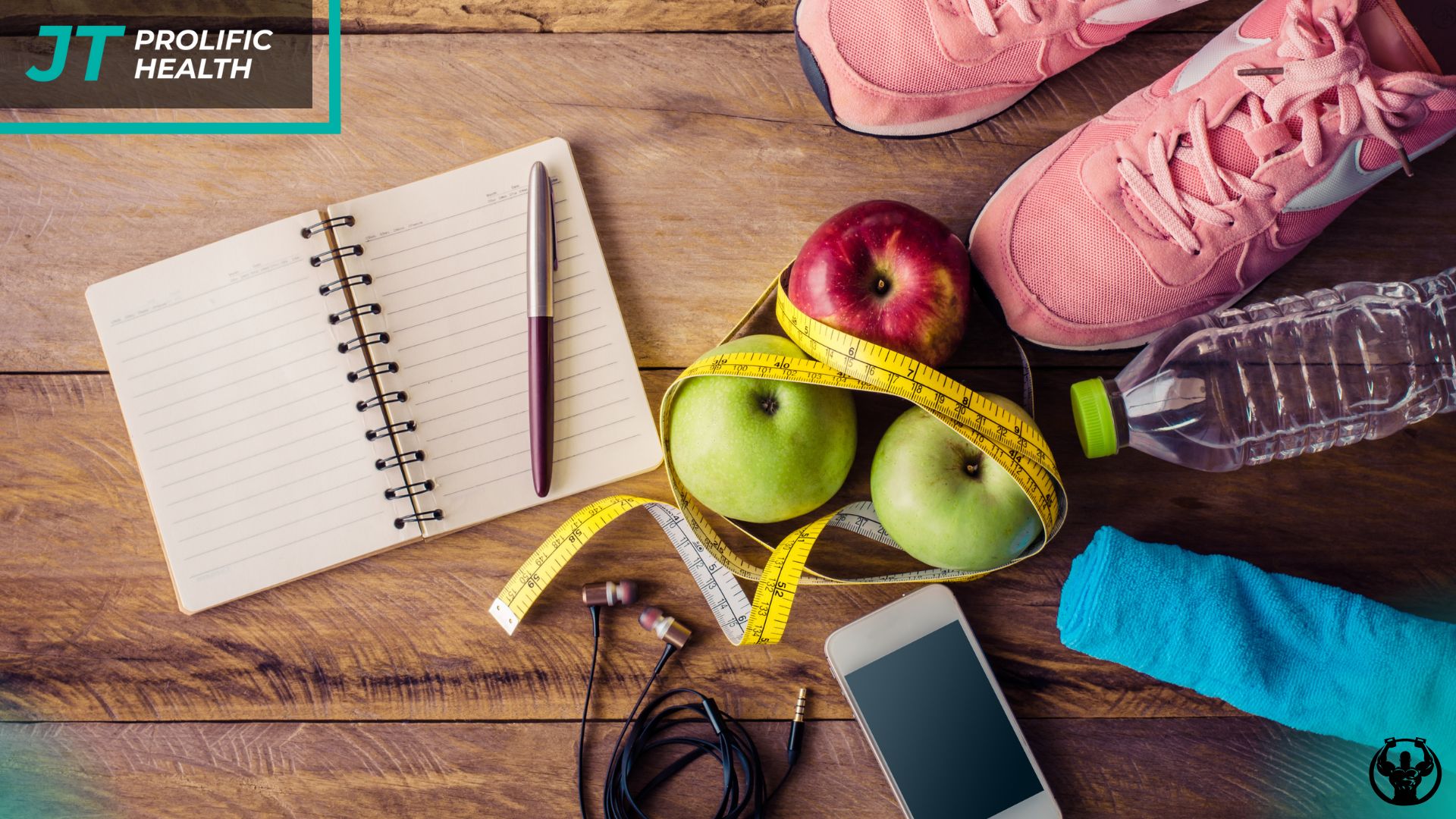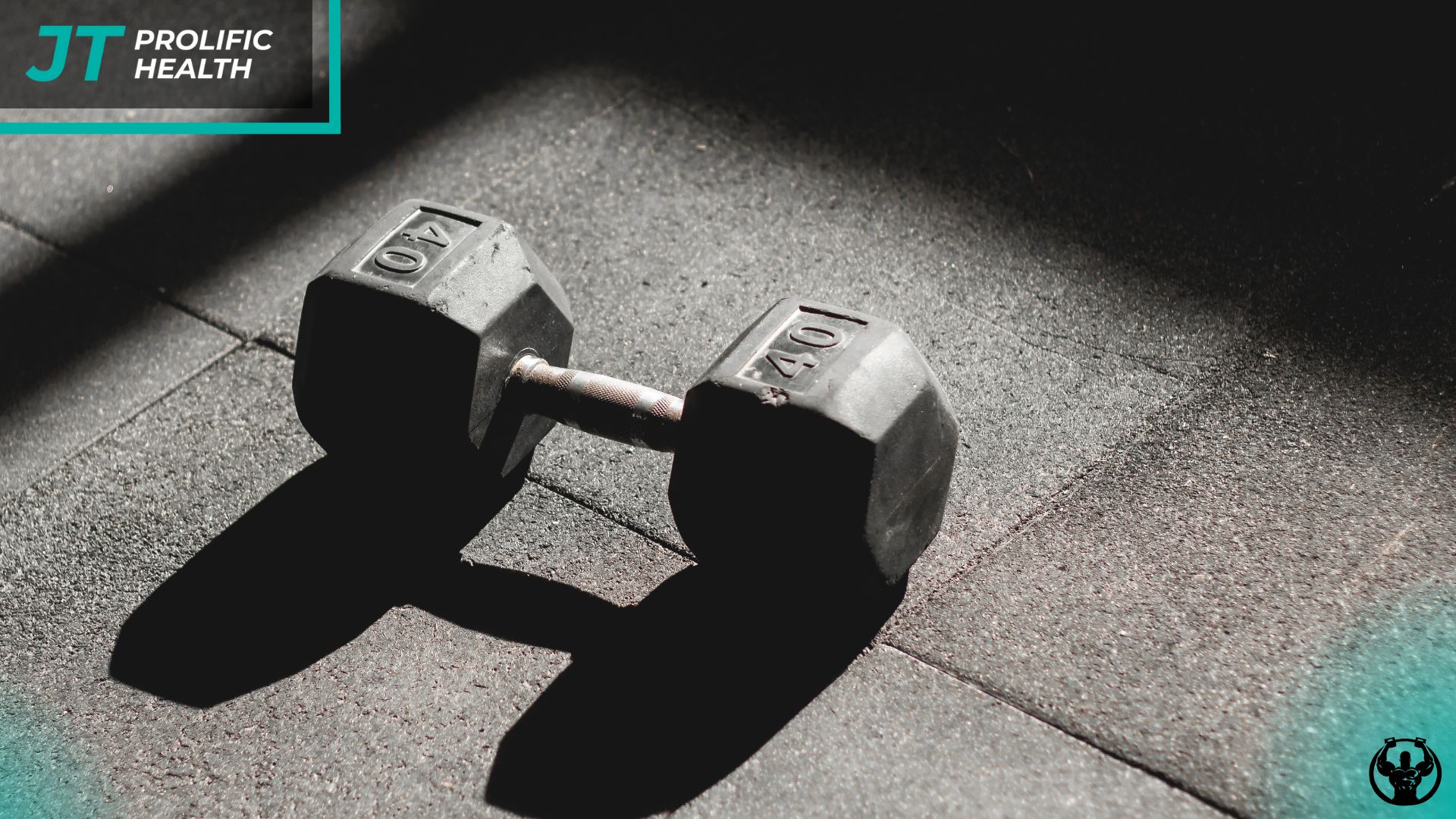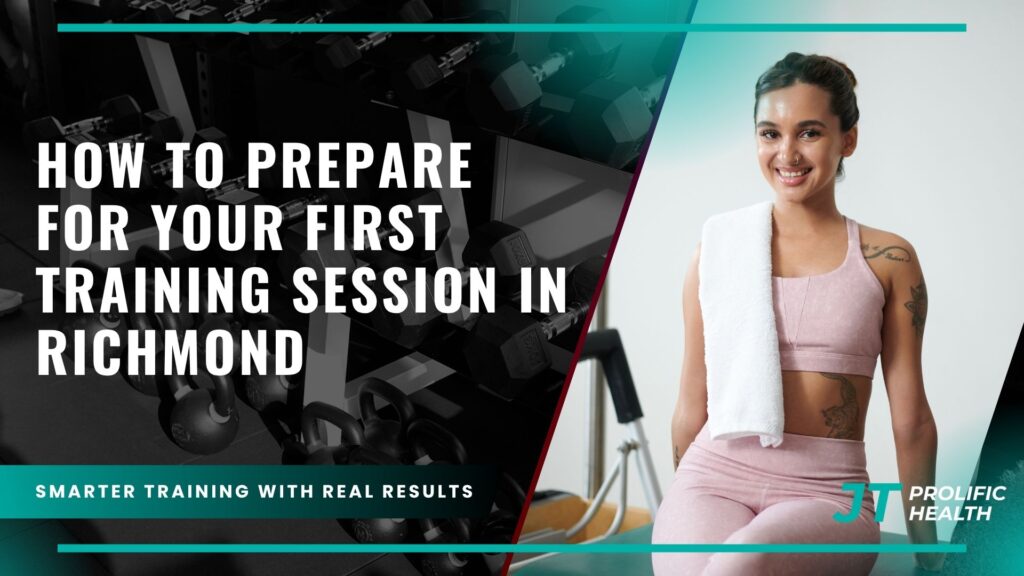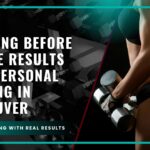Starting your fitness journey with a personal trainer in Richmond represents an exciting step toward achieving your health and wellness goals. However, many first-time clients feel uncertain about what to expect and how to prepare for their initial training session. Proper preparation can significantly impact the effectiveness of your first meeting and set the foundation for a successful long-term training relationship.
Your first training session is much more than just a workout—it’s an opportunity for your trainer to assess your current fitness level, understand your goals, and begin developing a personalized approach to your fitness journey. The way you prepare for this initial meeting can influence everything from the accuracy of your fitness assessment to the quality of the workout plan your trainer creates for you.
Richmond’s fitness landscape offers numerous opportunities for personal training, with experienced professionals who understand the unique needs of local residents. Whether you’re a busy professional looking to incorporate fitness into your hectic schedule, someone recovering from an injury, or simply wanting to improve your overall health, proper preparation will help you make the most of your investment in personal training.
The preparation process involves several key components: gathering relevant health information, setting clear and realistic goals, preparing the right clothing and equipment, and mentally preparing for the experience ahead. Each of these elements plays a crucial role in ensuring your trainer can provide you with the most effective and safe guidance possible.
Understanding what to expect during your first session can also help alleviate any anxiety you might feel about starting this new chapter in your fitness journey. Most first sessions include a comprehensive consultation, basic fitness assessments, and an introductory workout tailored to your current abilities. By knowing what lies ahead and preparing accordingly, you’ll be able to focus on what matters most: beginning your transformation toward better health and fitness.
Key Takeaways
For additional context, see this comprehensive guide.
- Complete health documentation: Gather all relevant medical information, including recent physical exam results, current medications, and any injury history that might affect your training program.
- Define clear, measurable goals: Establish specific objectives for your fitness journey, whether they involve weight loss, strength building, improved cardiovascular health, or sport-specific performance enhancement.
- Prepare appropriate workout attire: Invest in proper athletic clothing and supportive footwear that will allow for comfortable movement during various exercises and assessments.
- Maintain proper hydration and nutrition: Eat a light meal 2-3 hours before your session and stay well-hydrated throughout the day to ensure optimal performance during your assessment.
- Arrive early and mentally prepared: Plan to arrive 10-15 minutes before your scheduled appointment to complete any necessary paperwork and mentally prepare for the session ahead.
- Bring essential items: Pack a water bottle, towel, and any specific equipment your trainer has requested, along with your identification and payment method.
- Communicate openly: Be prepared to discuss your fitness history, preferences, limitations, and concerns honestly with your trainer to ensure they can create the most effective program for you.
- Set realistic expectations: Understand that your first session is primarily for assessment and goal-setting, not for an intense workout that might leave you overly sore or discouraged.
Understanding Your Pre-Training Assessment

For additional context, see detailed information on this topic.
Before diving into any physical activity, your personal trainer in Richmond will conduct a comprehensive assessment to understand your current fitness level, health status, and personal goals. This evaluation process is crucial for developing a safe and effective training program tailored specifically to your needs and circumstances.
The assessment typically begins with a detailed health history questionnaire that covers your medical background, previous injuries, current medications, and any physical limitations you may have. Your trainer needs this information to identify potential contraindications to certain exercises and to modify activities as necessary. Be completely honest about any health concerns, as this information directly impacts your safety during training sessions.
Physical assessments usually include measurements of your current fitness parameters such as cardiovascular endurance, muscular strength, flexibility, and body composition. These baseline measurements serve as important benchmarks for tracking your progress throughout your fitness journey. Your trainer may use various tools and techniques, from simple movement screens to more sophisticated testing equipment, depending on their methodology and your specific goals.
During this phase, your trainer will also observe how you move through basic functional patterns like squatting, lunging, and reaching overhead. This movement assessment helps identify any imbalances, mobility restrictions, or compensation patterns that could lead to injury if not addressed properly. The information gathered during this evaluation directly influences how your trainer will structure your initial workouts and long-term program development.
Understanding that this assessment is a collaborative process rather than a test you can pass or fail will help you approach it with the right mindset. Your trainer’s goal is to gather accurate information about your starting point, not to judge your current fitness level. The more honest and open you are during this process, the better equipped your trainer will be to help you achieve your goals safely and efficiently.
Setting Realistic Goals and Expectations


For additional context, see our in-depth resource.
One of the most critical aspects of preparing for your first training session involves establishing clear, realistic, and measurable goals for your fitness journey. Your trainer will spend considerable time during your initial consultation discussing what you hope to achieve through personal training, and having well-thought-out objectives will make this conversation much more productive.
Effective goal setting goes beyond simply saying you want to “get in shape” or “lose weight.” Your trainer needs specific, measurable targets to create an appropriate program and timeline. Consider goals like losing a specific amount of weight within a reasonable timeframe, being able to perform a certain number of push-ups, running a particular distance without stopping, or improving your flexibility enough to touch your toes comfortably.
It’s also important to distinguish between short-term and long-term objectives. Short-term goals might include establishing a consistent workout routine, learning proper exercise form, or improving your energy levels within the first month. Long-term goals could involve completing a 5K race, achieving a target body composition, or developing the strength to participate in recreational sports activities.
Your trainer will help you understand realistic timelines for achieving different types of goals. Weight loss, strength gains, and cardiovascular improvements all occur at different rates, and understanding these timelines helps prevent disappointment and maintains motivation throughout your journey. Professional trainers can provide valuable insight into what’s achievable based on your starting point, available time commitment, and other lifestyle factors.
Be prepared to discuss any previous experiences with fitness programs, both positive and negative. If you’ve tried certain approaches before without success, your trainer needs to understand what didn’t work so they can design a different strategy. Similarly, if you’ve had positive experiences with specific types of activities, this information helps your trainer incorporate elements you enjoy into your program.
Remember that goals can and should evolve as you progress through your fitness journey. What seems important at the beginning may change as you develop new interests, face different challenges, or achieve initial objectives. A good trainer will regularly revisit your goals and adjust your program accordingly to keep you motivated and moving forward.
Physical and Mental Preparation


For additional context, see expert insights in this article.
Preparing your body and mind for your first training session requires attention to several key factors that will directly impact your performance and the accuracy of your fitness assessment. Physical preparation begins in the days leading up to your appointment and continues right up until you walk into the training facility.
Hydration plays a crucial role in your body’s ability to perform optimally during exercise. Start increasing your water intake 24-48 hours before your session, aiming for clear or light yellow urine as an indicator of proper hydration. On the day of your session, continue drinking water regularly but avoid consuming large amounts immediately before your workout to prevent discomfort during movement.
Your pre-session nutrition timing and choices can significantly affect your energy levels and comfort during training. Eat a balanced meal containing carbohydrates and protein 2-3 hours before your session to provide sustained energy without causing digestive discomfort. Avoid heavy, fatty, or high-fiber foods that might cause stomach upset during physical activity. If your session is early in the morning, a light snack 30-60 minutes beforehand can provide necessary fuel.
Sleep quality in the nights leading up to your session affects everything from your energy levels to your body’s ability to move efficiently and safely. Aim for 7-9 hours of quality sleep the night before your session. If you’re naturally anxious about new experiences, good sleep becomes even more important for managing stress and maintaining focus during your training consultation.
Mental preparation involves setting appropriate expectations for your first session and developing a positive mindset about the experience ahead. Understand that your trainer is there to help you succeed, not to judge your current fitness level or push you beyond your capabilities. Approach the session with curiosity and openness to learning new things about your body and movement patterns.
Consider writing down any questions or concerns you want to discuss with your trainer before your session. This might include questions about their training philosophy, concerns about specific exercises, or clarification about scheduling and program structure. Having these thoughts organized beforehand ensures you don’t forget important topics during the excitement of your first meeting.
If you’re dealing with pre-session anxiety, remember that experienced trainers work with people of all fitness levels every day. They understand that everyone starts somewhere, and their job is to meet you where you are and help you progress safely. Focus on the positive step you’re taking toward better health rather than worrying about your current limitations.
Essential Items and Documentation
For additional context, see step-by-step instructions.
Arriving at your first training session with the right items and documentation demonstrates your commitment to the process and ensures your trainer has everything needed to begin developing your personalized fitness program. Proper preparation in this area prevents delays and allows you to focus entirely on the assessment and goal-setting process.
Health documentation forms the foundation of your trainer’s ability to design a safe and effective program. Bring any recent medical clearance forms, especially if you have chronic health conditions, are over 40, or haven’t exercised regularly in the past year. If your doctor has provided specific exercise recommendations or restrictions, ensure your trainer receives copies of these guidelines. This documentation protects both you and your trainer by ensuring all activities fall within medically appropriate parameters.
A comprehensive list of current medications, including dosages and timing, helps your trainer understand how various drugs might affect your exercise response. Some medications can impact heart rate, blood pressure response to exercise, or hydration needs. Even over-the-counter medications and supplements can influence your training, so provide complete information for your safety.
Proper workout attire is essential for both comfort and safety during your assessment. Choose moisture-wicking fabrics that allow for full range of motion in all directions. Your clothing should be neither too loose (which can interfere with movement assessment) nor too tight (which can restrict circulation or movement). Avoid cotton materials that retain moisture and can become uncomfortable during physical activity.
Footwear selection significantly impacts your safety and the accuracy of movement assessments. Bring athletic shoes with good support that you’ve worn before and know are comfortable. Avoid brand-new shoes that might cause blisters or discomfort. If you have specific foot issues or use orthotic inserts, bring these items and inform your trainer about any special considerations related to your feet or ankles.
Personal items should include a water bottle to maintain hydration throughout your session, a small towel for comfort, and any personal care items you might need afterward. If you’re planning to return to work or other activities immediately after your session, consider bringing a change of clothes or personal hygiene items.
Payment information and identification should be readily available to complete any necessary registration processes. Many training facilities require photo identification for security purposes and to set up your client file. Having your payment method ready, whether it’s cash, card, or check, streamlines the administrative process and allows more time for your actual training consultation.
What to Expect During Your Session
Understanding the typical structure and flow of a first training session helps you prepare mentally and ensures you’re ready to participate fully in each component of the experience. While specific approaches may vary between trainers, most initial sessions follow a similar pattern designed to gather information, assess your current state, and begin building your training relationship.
The session typically begins with administrative tasks and paperwork completion. This includes reviewing and signing liability waivers, health history forms, and goal-setting questionnaires. Your trainer will review this information with you, asking follow-up questions to clarify any health concerns, previous injuries, or specific preferences you might have regarding training approaches.
A detailed consultation follows the paperwork phase, where your trainer will discuss your goals in depth, explore your fitness history, and understand your lifestyle factors that might impact your training program. This conversation is crucial for establishing rapport and ensuring your trainer understands not just what you want to achieve, but also the challenges and constraints you face in your daily life.
Physical assessments typically include basic measurements like height, weight, and body composition if your trainer uses these metrics. Movement screens help identify any mobility restrictions, muscle imbalances, or compensation patterns that could affect your exercise program. These assessments are designed to be informative rather than exhausting, so don’t expect to be pushed to your limits during your first session.
A light introductory workout usually concludes the session, giving you a taste of what future training sessions might include while allowing your trainer to observe how you respond to different types of exercises. This workout is typically much less intense than regular training sessions, focusing more on teaching proper form and gauging your current fitness level rather than providing a challenging workout.
Throughout the session, your trainer should encourage questions and provide explanations for everything they’re doing. This educational component is crucial for building your understanding of fitness principles and helping you feel confident about the training process. Don’t hesitate to ask for clarification about anything you don’t understand or express concerns about specific exercises or assessments.
The session typically ends with a discussion of next steps, including scheduling future appointments, reviewing any homework or preparation needed for subsequent sessions, and clarifying expectations for your ongoing training relationship. Your trainer may provide initial recommendations for activities you can do between sessions or lifestyle modifications that support your fitness goals.
Frequently Asked Questions
How long should I expect my first training session to last?
Most first training sessions last between 60-90 minutes, as they include consultation time, assessments, and paperwork in addition to a brief workout. This extended time allows your trainer to gather comprehensive information about your health, goals, and fitness level while beginning to establish your working relationship.
Should I eat before my first training session?
Yes, but timing matters significantly. Eat a balanced meal 2-3 hours before your session, or have a light snack 30-60 minutes beforehand if your session is early in the day. Avoid heavy, fatty, or high-fiber foods that might cause digestive discomfort during physical activity.
What should I do if I have an injury or physical limitation?
Inform your trainer about any injuries, chronic conditions, or physical limitations before your session begins. Bring medical documentation if available, and be specific about what movements or activities cause pain or discomfort. Professional trainers are skilled at modifying exercises to work around limitations while still providing effective workouts.
How much will I be expected to exercise during my first session?
First sessions typically include only light to moderate physical activity, focusing more on assessment and education than intense exercise. Expect to perform basic movements and simple exercises that help your trainer evaluate your current fitness level and movement patterns.
What questions should I ask my trainer during our first meeting?
Ask about their training philosophy, experience with clients who have similar goals to yours, typical program structure, and how they measure progress. You should also discuss scheduling flexibility, communication preferences, and what support they provide between sessions. For guidance on evaluating trainer qualifications, consider researching their certifications and experience beforehand.
How should I prepare if I haven’t exercised in a long time?
Don’t worry about your current fitness level—trainers work with people at all stages of fitness. Focus on getting adequate sleep, staying hydrated, and arriving with realistic expectations. Your trainer will design a program appropriate for your current abilities and gradually progress as you become stronger and more conditioned.
What happens if I feel overwhelmed or anxious during the session?
Communicate your feelings to your trainer immediately. Experienced professionals understand that starting a fitness program can feel overwhelming and will adjust their approach to help you feel more comfortable. Remember that the first session is about gathering information and beginning your journey, not testing your limits.
Should I continue my regular activities on the day of my first session?
Maintain your normal routine but avoid strenuous physical activities that might fatigue you before your training appointment. If you regularly take medications or supplements, continue as prescribed unless your doctor has advised otherwise. Plan for some additional time after your session in case you need to discuss scheduling or have additional questions.
Conclusion
Preparing for your first training session in Richmond sets the foundation for a successful and rewarding fitness journey. By taking the time to gather necessary documentation, set clear goals, and prepare both physically and mentally, you’re demonstrating commitment to your health and making it possible for your trainer to provide the most effective guidance possible.
Remember that your first session is the beginning of a partnership focused on helping you achieve your health and fitness objectives. The investment you make in proper preparation pays dividends not only in the quality of your initial assessment but also in the long-term effectiveness of your training program. Your trainer’s ability to create a personalized, safe, and effective program depends largely on the information and effort you bring to this first meeting.
At Prolific Health, we understand that starting a fitness program can feel both exciting and intimidating. Our experienced trainers in Richmond are committed to making your first session comfortable, informative, and encouraging. We work with clients at all fitness levels, from those just beginning their health journey to experienced athletes looking to reach new performance levels.
The time and effort you invest in preparing for your first session demonstrates your commitment to making positive changes in your life. This preparation, combined with professional guidance from a qualified trainer, creates the optimal environment for achieving your fitness goals safely and efficiently. Your journey toward better health and fitness begins with this single step, and proper preparation ensures you’re taking that step with confidence and purpose.




